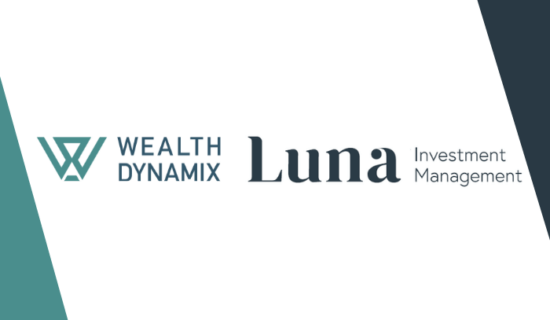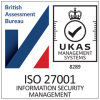Last year, my recommendations centred on the need to digitise business-critical functions as wealth management firms experienced a tipping point for technology adoption. This year – as firms evolve or re-evaluate their data strategy – the key questions I keep hearing reflect the value and usage of data, determining this value and lifespan.
The value of data – greater than the sum of its parts
The creation and storage of data is growing at a previously unimaginable rate; cloud data storage around the world will amount to 200+ zettabytes by 2025.
Data is the new global currency, however, akin to currency, it should be valuable and therefore worth accumulating. Data has a fluid value which can be based on its initial accuracy, half-life, context or relevance, in addition to the adjacent information or data units. To expand the currency analogy, data is traded every day, often when we aren’t even aware, for example, when we input personal details to play a game on Facebook or obtain discounts on goods or services.
Properly aggregated and organised, data’s value is invariably greater than the sum of its parts. Here’s an example: a person’s name and address are widely available and so carry a relatively low value such as one data unit; when combined with their age and socioeconomic classification, both one data unit in value, the product of this data block (a combination of multiple data units) isn’t three as expected, but five, due to the higher value of the data block. Apply a weighting for how and when the data block will be used, and hey presto, you have a market value.
Prepare for a data-driven future
The fact that data has a tangible value when harnessed, organised and used effectively is becoming more widely recognised by clients and trailblazers like Sam Jones, Founder of Gener8, encouraging consumers to ‘take back control’ of their data. Empowering clients as well as wealth managers to monetise the digital information they share, the company launched a beta version of their browser extension in 2021.
Today it’s all about having a cohesive data strategy
This slight tangent into digital data markets serves to highlight just how important data is becoming in the digital age. A data-first mindset will help wealth managers and marketers prioritise what data is important and valuable, in turn raising the bar for KYC and the client experience – an evolution that’s key to meeting the demands of younger clients used to high-tech, highly personalised high-touch services.
Arriving at a fully-fledged data strategy is not a one-time fix; it requires investment, continual review, optimisation and rigour. As illustrated to the extreme by the pandemic, client behaviours change in response to external factors, and an effective data strategy will allow you both to create a feedback loop based on client data, identify emerging trends or business opportunities and act nimbly in response.
As with all investments, there is a cost benefit analysis to be done as part of your data strategy – the cost of gathering, verifying and storing data, followed by the cost of maintenance and ROI.
To start, focus only on what’s necessary
When faced with a growing data repository, my suggestion would be to revert to basic principles. Seek to understand the nature and value of the data you have relative to your firm’s regulatory burden and business strategy, and categorise accordingly. By establishing simple rules, you can quickly and effectively deduce what is crucial to your processes, current and future business aspirations, and what is surplus to requirements.
Ask:
- What’s the value & how quickly does it degrade?
- What’s the risk & likelihood of that risk?
- How often do you need to read that data and what can I use this for?
If the data in question is unnecessary for future or planned activities, it’s right to challenge its retention. If you do not use it for client reviews, recommendations, remediation, or feeding business strategy and risk models for example, it’s maybe of marginal value.
Having a robust data strategy to address the client and transactional data buried in siloed repositories is a means to gain deeper insight into clients and service them more intuitively on a thoughtful and informed basis.
So why not make 2022 the year that you challenge your view, usage and understanding of client data to harness its full potential? And as you buy your Bitcoin, Ethereum or Litecoin, remember data is fast becoming one of the most valuable and highly coveted currencies yet.





